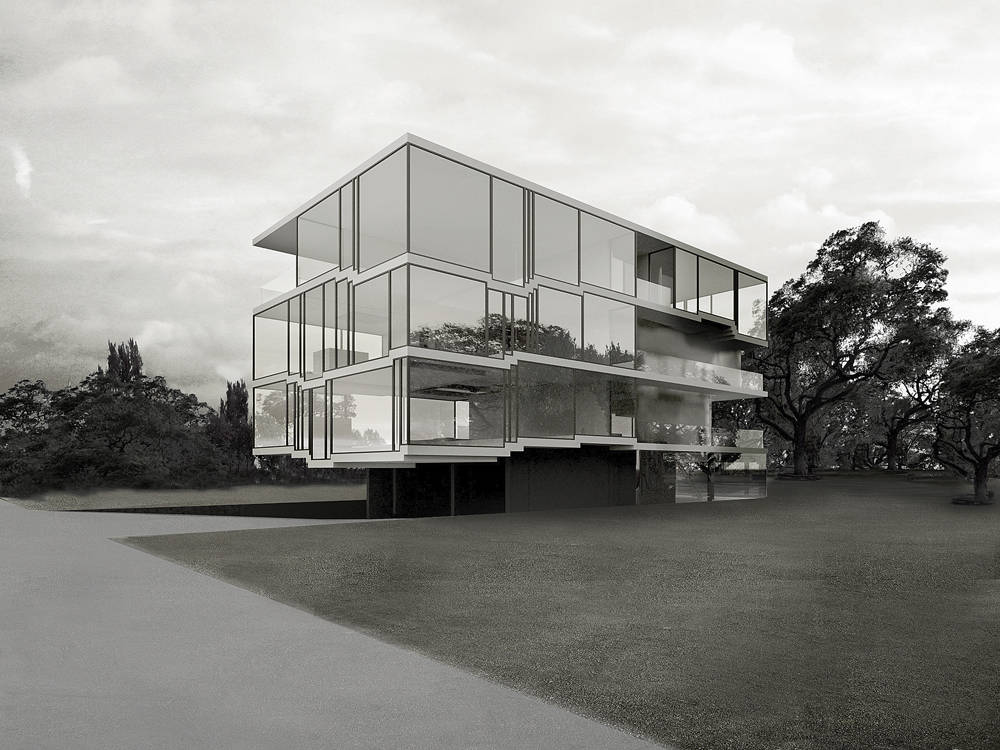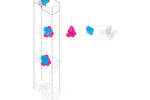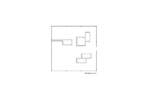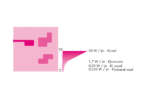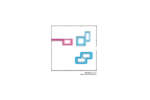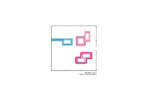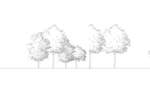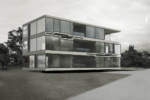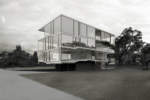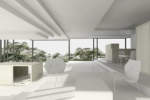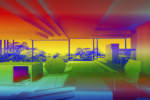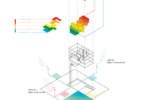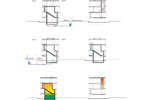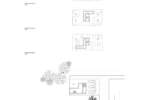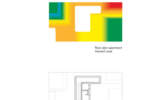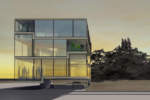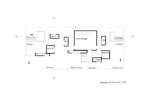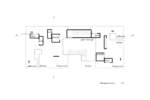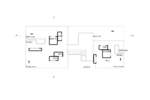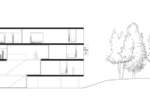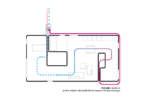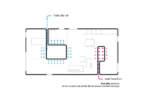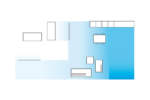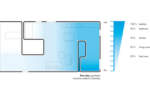Meteorological Architecture
After decades of concrete architecture, where the private and individual interests of the players have replaced the progressive plans and the moral commitment that have characterized modernism, architecture is slowly moving from the real and visible towards the invisible, shifting from the microscopic and atmospheric, the biological and meteorological. The present-day concerns are climatic issues, global warming. At this extreme the field of the visible, until now saturated with symbols, morals, the tales and interests of the single individuals, has become deflated, emptied, fragmented, paled and lightened; it is deformed and cancelled. At the border between physiological and climatic, between determinism and freedom, the space which has now opened up is fluctuating and uncertain: it is the space of a new humanized landscape.
In this new, more introspective environment made of geographies and microclimates, Philippe Rahm‘s project suggests another way to occupy space, not only horizontally but also vertically, so as to inhabit the different heights, the different air layers and its different temperatures. The furniture is thus arranged at unusual levels; chairs and floors, tables and ceilings have been moved in such a way that the interior may not only be conceived as a surface but as a volume, an atmosphere that makes possible a kind of climatic migration, a thermal transhumance in the domestic interior.
The projects presented here represent an immediate exploration of this language. Without any formal or functional presuppositions, they allow themselves to be surprised by the emergence of possible, not predetermined spatial arrangements. They are the result of an inversion of form and function. The technical problems associated with sustainable development represent the basis of these projects, and rather than adapting themselves to an architectural project conceived a priori, where the design follows a pre-established symbolism or use, they actually determine the form of the building. The rate of humidity in the air, its measurement and quantity in the interior, the subdivision of the interior as a function of its density and temperature, determine the organization of the building in plan and section. the result is new and innovative types of dwellings. They are not based on a pre-established plan inspired by the modern concept of the dwelling, with subdivisions between private and public, anonymous or subjective, but rather according to sensual and physiological components that emerge from the treatment of the building techniques, as microclimates for living.
Philippe Rahm
1687. This is the year when air was for the first time considered as a privately owned asset rather than a shared, or anonymously owned, asset. The prerogative and fundamental characteristic of every condominium is that of community. One basically owns the private part and shares, sometimes not all that willingly, the common parts, stairs, corridors, gardens.
2009. The year when IBA of Hamburg announced a competition with the emblematic title of Smart Material Houses - dwellings with intelligent materials. As all the initiatives of IBA (literally: international architecture exhibitions that actually permanently alter then urban scenario) the competition announcement required the participants to resolve urgent and contingent problems, in this case that of designing condominium dwellings built with innovative materials and techniques.
011010. decided to present a project subdivided in three buildings functioning on the basis of three materials, or rather where the materials do not exist, where they are not visible but perceptible: conduction, vapour and convection. Conduction and convection are two different physical heat exchange phenomena, while vapour is the most ephemeral state of a material. Can they be used to build? These phenomena essentially determine a new subdivision of the interior on the basis of the heat exchange, according to the need for a lower or higher temperatures, and a greater, lesser or variable humidity percentage. The jury chose 011010. in 2010, asking it to develop the ‘convective‘ proposal.
1399. is thus a project for a condominium that functions by convection; this physical phenomenon follows the natural law of Archimedes, according to which air that enters into contact with a warmer body decreases in density, becoming lighter and tending to rise, giving rise to convective movements: the warmer fluid rises upwards and the colder one descends. The result is higher temperatures towards the top, and cooler conditions towards the bottom. It is therefore the movements of hot air that determine the layout of the interior, the way the rooms serving different purposes are arranged, and thus laying down the laws for a different domesticity.
The temperature is not the same in every room of the home, but varies according to our activities. We need an average of 18 degrees in the kitchen where we are usually dressed and more physically active, while it may be as much as 20 degrees in the living room or in the studio area where we move about less, and even a bit warmer in the bathroom where we undress. On the basis of these requirements, the space is modulated on different heights and widths, and the arrangement of the rooms changes with respect to the traditional home: the bedroom is usually located below the bathroom, which will on the contrary be raised. The ceilings will if necessary be lowered to reduce empty spaces which the hot air would tend to occupy.
But if a shared design requires shared regulations and instructions, it is also true that every family may have different needs. The result is therefore a thermal geography, in elevation and plan, that is shared and anonymous in function, but personalized in its application. Not always visible to the eye, but perceptible to the user.
1399. declares “An intelligent material today has closer ties to the invisible than to the visible, to energy than to materiality. Intelligent means efficient energy management“. And all the inhabitants of the condominium will be responsible for an efficient management of the energy, and for avoiding useless waste. By means of hygronometric systems and air control, the single units may draw from the “shared“ air on the outside, through an interior exchange, to cool or heat the air inside, making the air their own.
At the end of 2010 IBA announced that Philippe Rahm will be able to build the first convective condominium, but not before the real (and private) investors have been found.
Philippe Rahm (1967) studied at the Federal Polytechnic Schools of Lausanne and Zurich. He works in Paris. In 2002, he was chosen to represent Switzerland at the 8th Architecture Biennale in Venice and he is nominee in 2009 for the Ordos Prize in China. He was Head-Master of Diploma Unit 13 at the AA School in London, Visiting professor in Mendrisio Academy of Architecture in Switzerland, at the ETH Lausanna, guest professor at the Royal School of Architecture of Copenhaguen. He is currently visiting lecturer in Princeton, USA. He is working on several private and public projects in Europe. He has lectured widely, including at Cooper Union NY, Harvard School of Design, UCLA and ETH Zurich.


